Diffuse knapweed identification and control
Centaurea diffusa
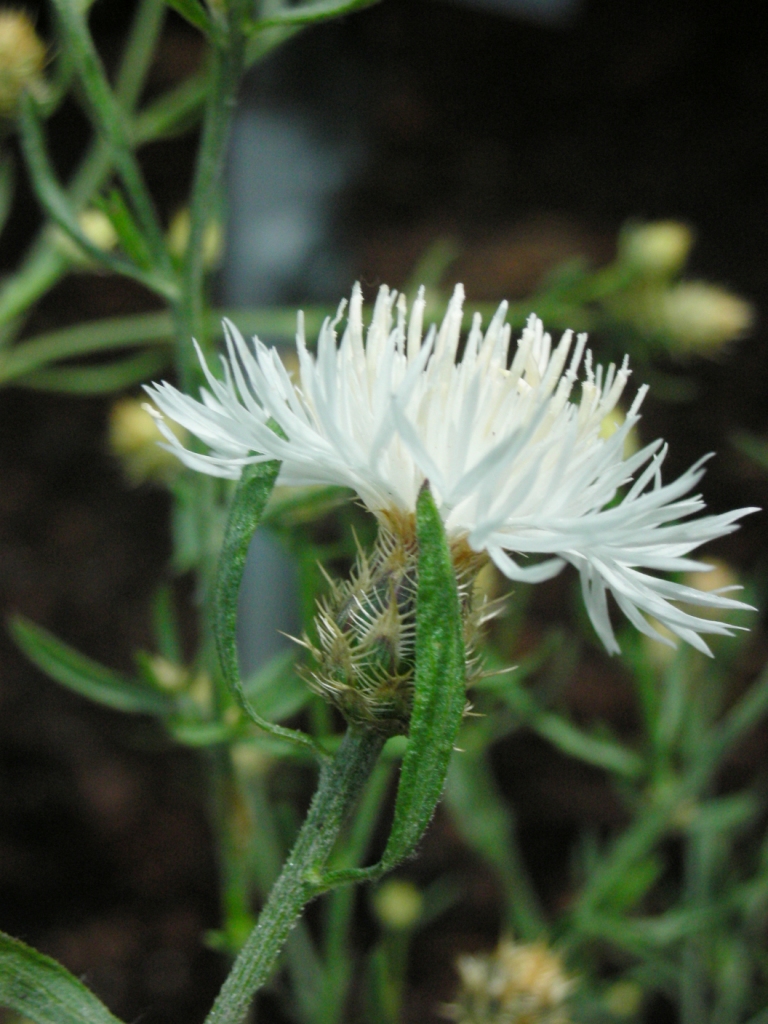
Diffuse knapweed is a European plant introduced to North America by accident. It threatens wildlife habitat and rangeland and impacts Christmas tree growers. Knapweed outbreaks in pasture and range areas cause significant losses by reducing the available forage for grazing.
Legal status in King County, Washington
Diffuse knapweed is a Class B noxious weed designated by the State Noxious Weed Board for required control in King County. For more information on noxious weed regulations and definitions, see Noxious weed lists and laws.
Identification and Biology
Diffuse knapweed is a biennial or short-lived perennial with a deep taproot in the Aster Family that is similar to the more common spotted knapweed, but is generally shorter and its upper stems have numerous spreading branches giving the plant a ball shape. Flowerheads are usually white (sometimes pink to purple) and are solitary or in clusters of two or three at the ends of the branches. Excluding flowers and spines, heads are about 3/16" in diameter and 5/16" tall.
Knapweed species are distinguished by the type of bracts (leaf like structures) that surround the base of the flowerheads. Diffuse knapweed's bracts are light yellowish green with a light brown margin, fringed in spines ending with a longer spine at the tip.
Plants start as a low rosette of leaves and then in the second year form a taller, leafy, branched flowering stem. Stems and leaves are covered with short dense hairs, giving the plant a grayish color. Basal leaves (leaves at stem base) are short stalked and often twice divided into narrow lobes. Stem leaves become smaller in size up the stem with top leaves stalkless, smaller and less divided.
Diffuse knapweed blooms continuously from early summer into the fall, as long as moisture and temperatures permit.
Impacts
Diffuse knapweed has little value as forage for cattle and limited seasonal value for big game. Infestations increase production costs for ranchers, decrease plant diversity and wildlife habitat and increases soil erosion and wildfire rates.
Control
Individual plants can be pulled or dug up. There is usually a large seed bank so continued monitoring and removal of new plants is essential. For other control methods and more information, see the resources listed below.
Additional information on diffuse knapweed
- Washington State Noxious Weed Control Board (external link)
- Diffuse knapweed best management practices (204 KB Acrobat file)
- Selected Knapweeds of Washington (316 KB Acrobat file).
What to do if you find this plant in King County, Washington
Please notify us if you see diffuse knapweed growing in King County. Our program staff can provide the property owner or appropriate public agency with site-specific advice on how best to remove it. We map all known locations of regulated noxious weeds such as diffuse knapweed in order to help us and others locate new infestations in time to control them.
Diffuse knapweed photos
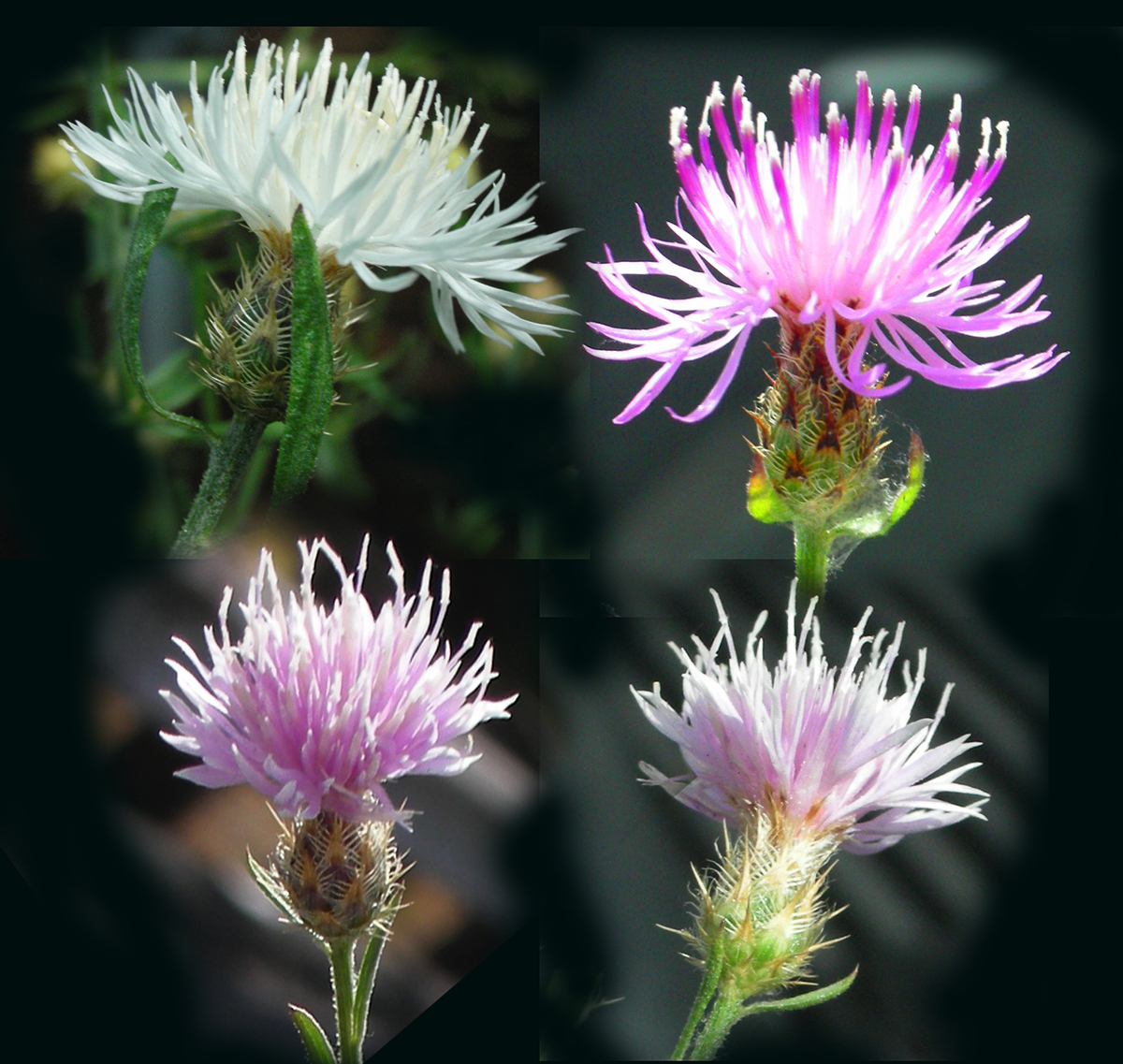
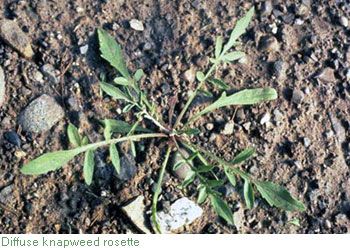
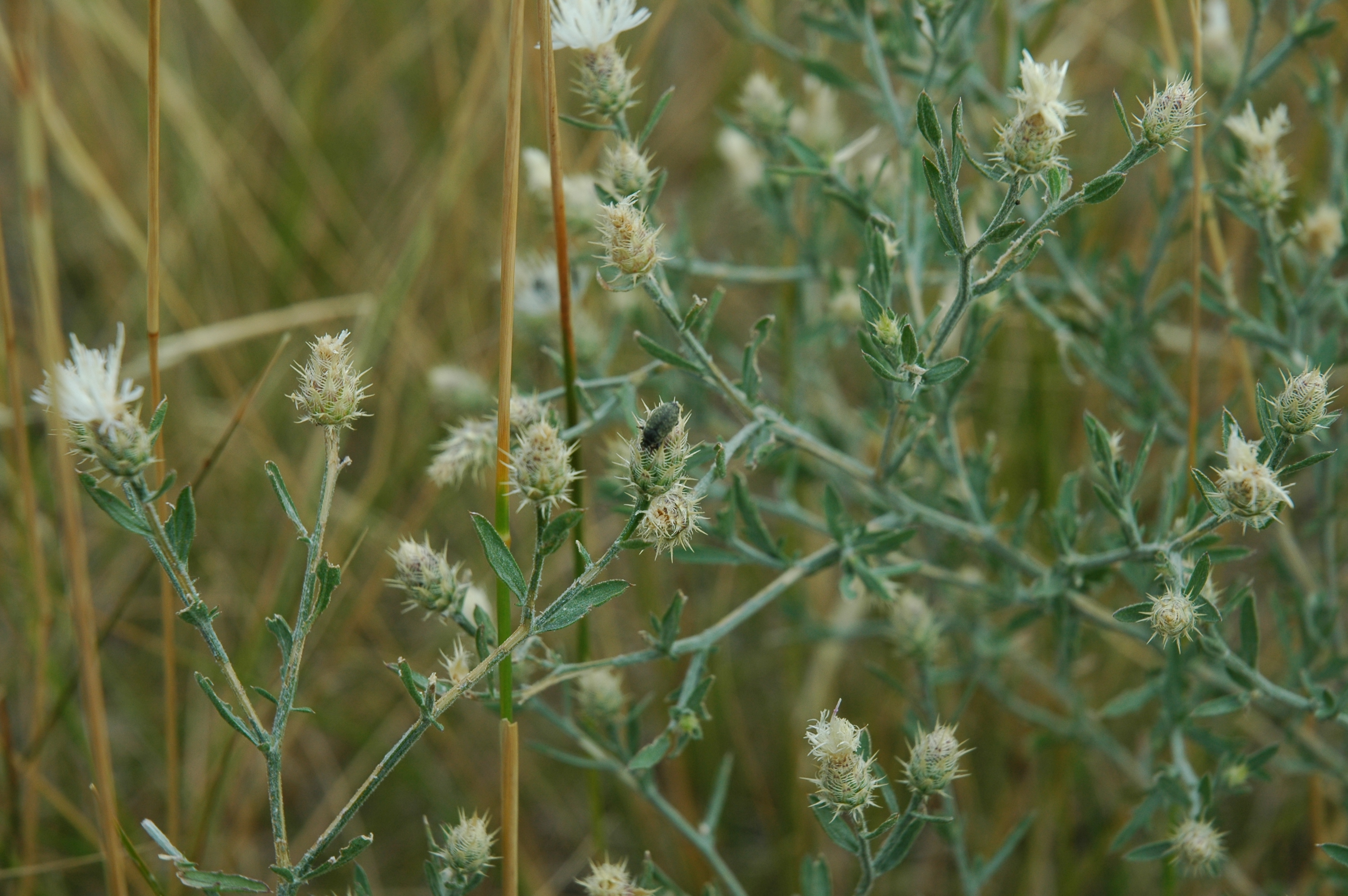
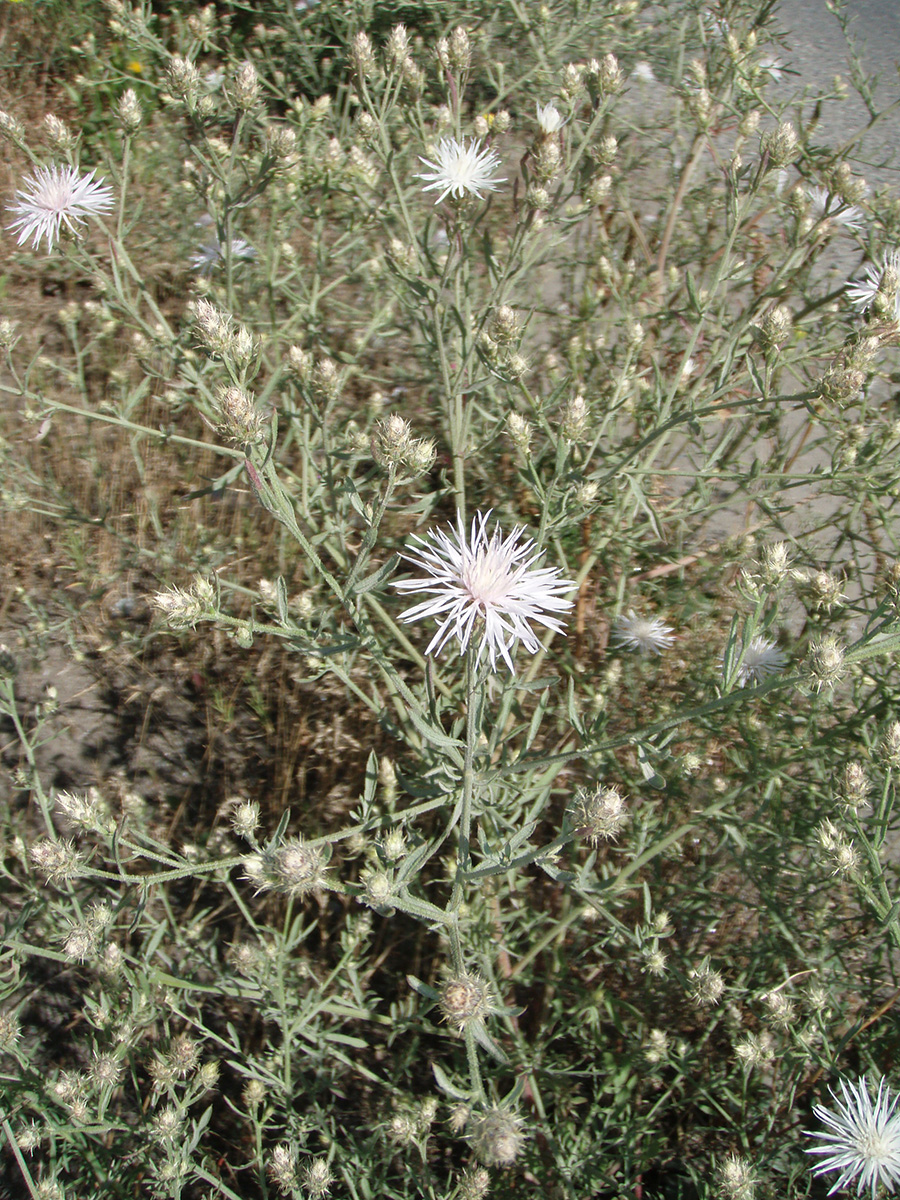
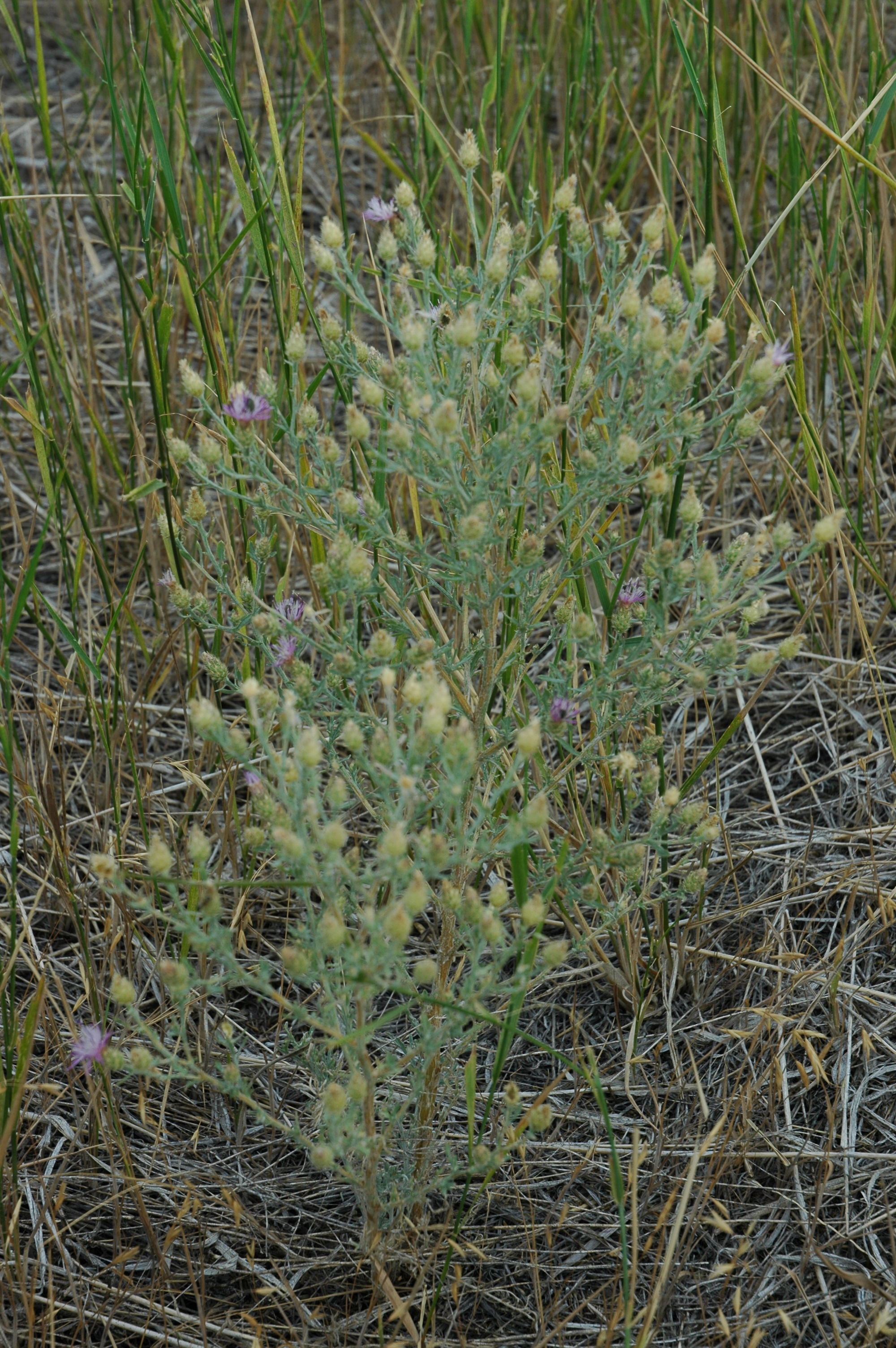
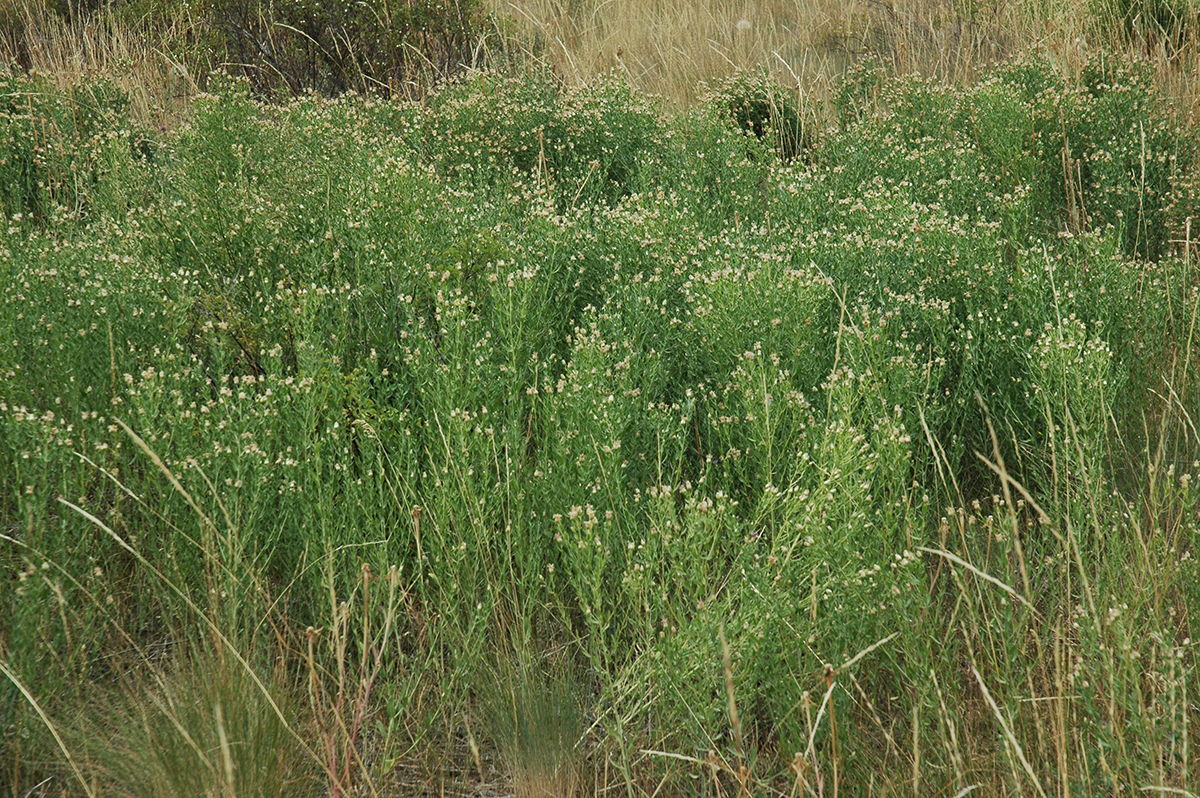
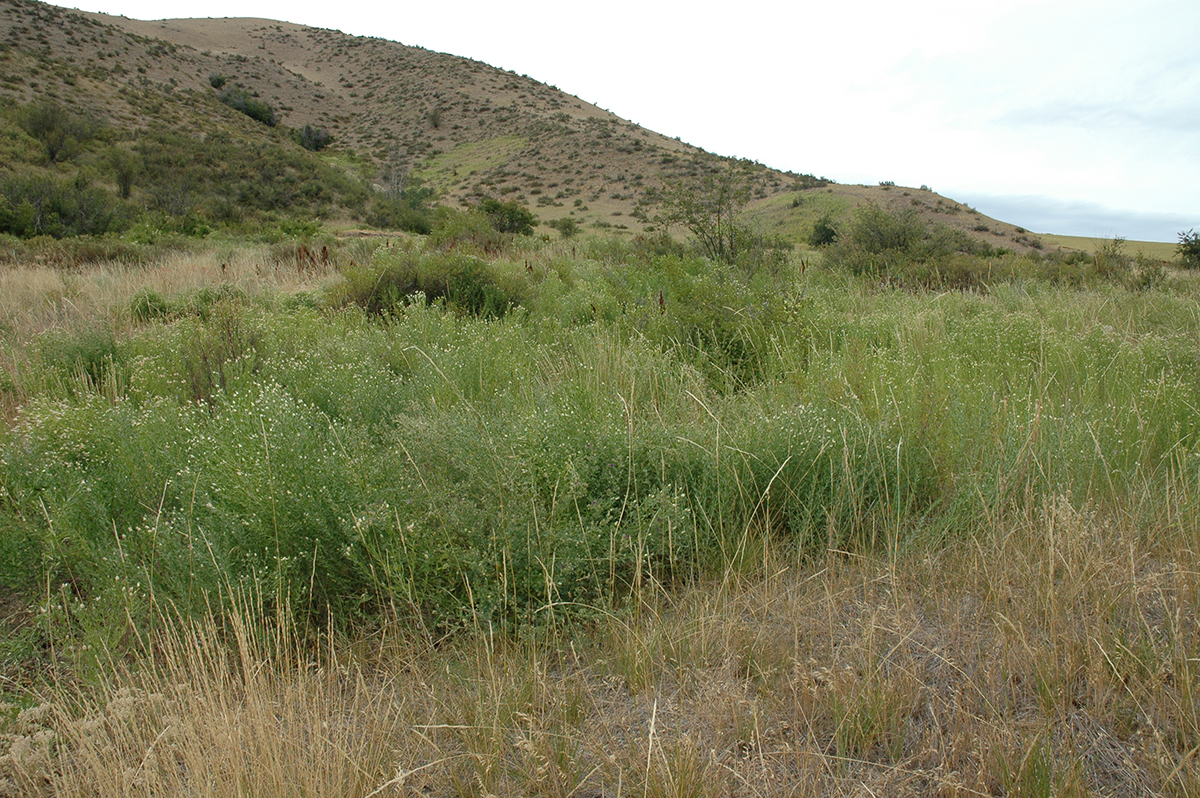
Report diffuse knapweed in King County, Washington
- Please notify us through our online infestation form
Locate diffuse knapweed in King County, Washington
- Use our interactive noxious weed map and search
for diffuse knapweed
Related information
Related agencies
Program offices are located at 201 S. Jackson St., Suite 600, Seattle, WA 98104. To contact staff, see the Noxious Weed Control Program Directory, send an email, or call 206-477-WEED (206-477-9333).

 Translate
Translate